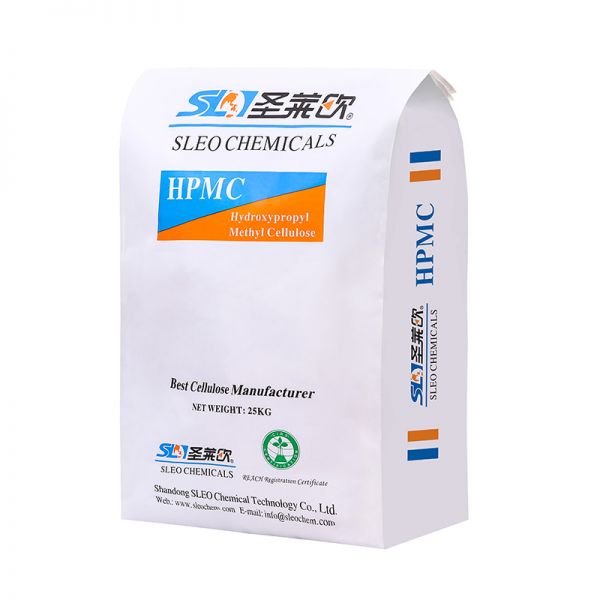Is HPMC Safe for Use in Tile Adhesive?
When it comes to the safety of construction materials, particularly those used in tile adhesive, Hydroxypropyl Methylcellulose (HPMC) is a topic that demands careful consideration. In this comprehensive guide, we delve into the intricacies of HPMC to address the burning question: Is Hydroxypropyl Methylcellulose (HPMC) safe for use in tile adhesive?
What is HPMC?
Hydroxypropyl Methylcellulose (HPMC) is a versatile compound widely employed in various industries, including construction, pharmaceuticals, and food production. Its multifunctional properties make it a popular choice in adhesive formulations, where it acts as a crucial ingredient imparting key characteristics to the adhesive mixture.

Composition and Properties
HPMC is synthesized from cellulose, a naturally occurring polymer found in plants. Through chemical modification, hydroxypropyl and methyl groups are introduced into the cellulose backbone, enhancing its solubility and altering its physical properties. The resulting compound exhibits excellent water retention, thickening, and binding capabilities, making it invaluable in adhesive formulations.
Safety Considerations of HPMC in Tile Adhesive
Regulatory Compliance
The safety of HPMC in tile adhesive is regulated by stringent guidelines set forth by regulatory authorities worldwide. Manufacturers are required to adhere to these standards to ensure the quality and safety of their products. HPMC used in construction applications typically complies with relevant industry standards, such as those established by the American National Standards Institute (ANSI) and the International Organization for Standardization (ISO).
Toxicological Assessment
Extensive toxicological studies have been conducted to evaluate the safety of HPMC in various applications, including its use in construction materials. These studies have consistently demonstrated the low toxicity of HPMC, with no adverse effects observed at typical exposure levels. Moreover, HPMC is non-carcinogenic and does not pose a risk to human health when used as directed.
Environmental Impact
In addition to human safety, the environmental impact of HPMC must also be considered. HPMC is biodegradable and environmentally benign, making it a sustainable choice for construction applications. Its low environmental footprint further underscores its suitability for use in tile adhesive formulations.
Conclusion
In conclusion, the evidence overwhelmingly supports the safety of Hydroxypropyl Methylcellulose (HPMC) for use in tile adhesive. From regulatory compliance to toxicological assessments, HPMC has been rigorously evaluated and found to pose minimal risk to human health and the environment. As such, contractors and builders can confidently incorporate HPMC into their adhesive formulations, benefiting from its exceptional properties without compromising on safety.
256
0
0

Comments
All Comments (0)